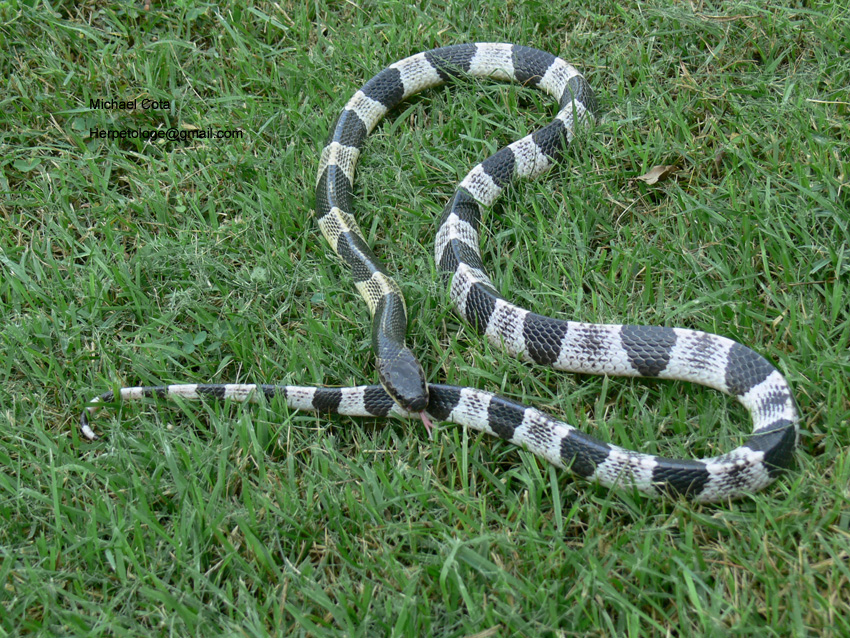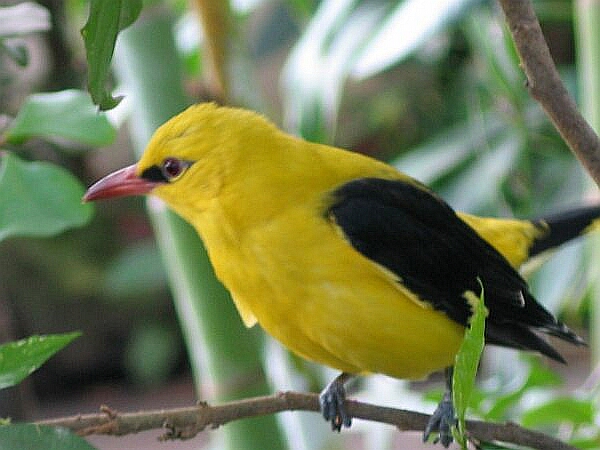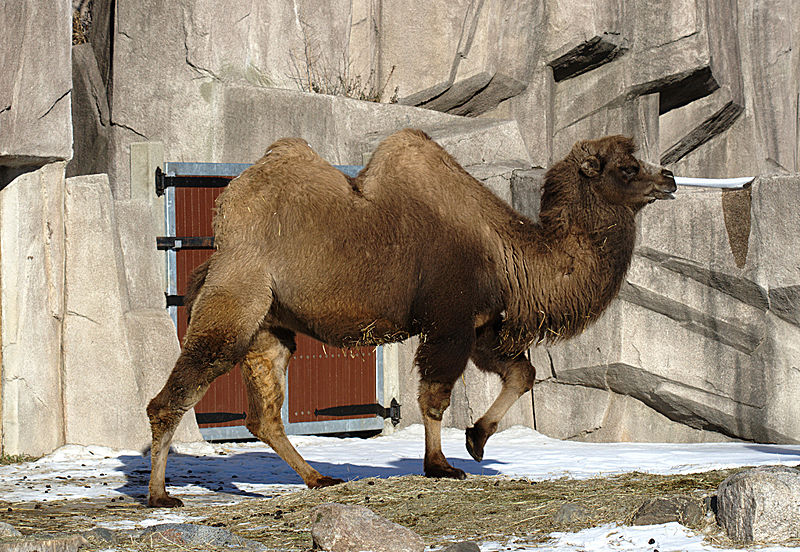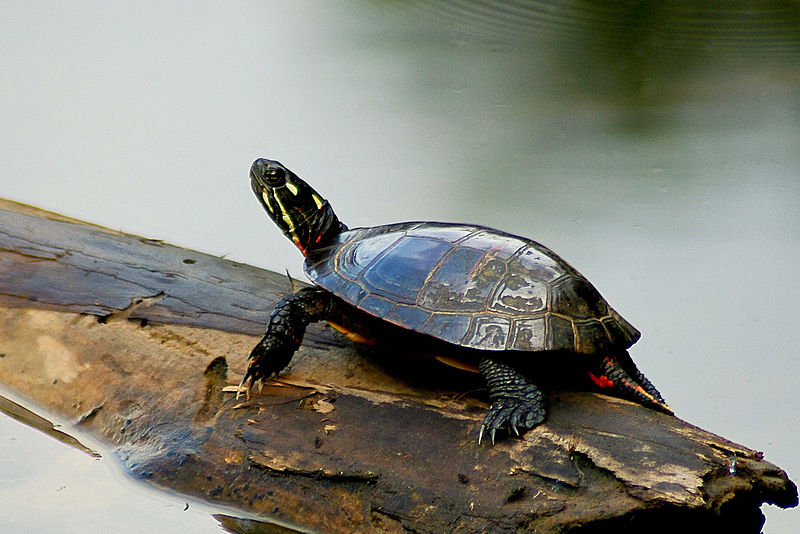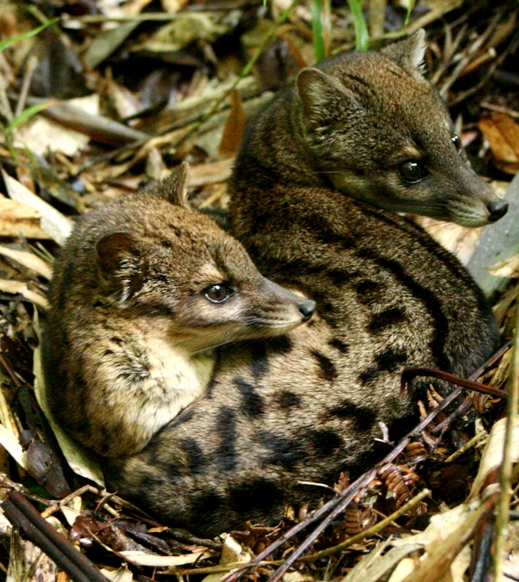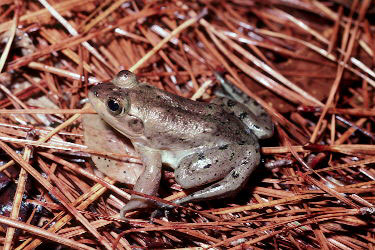
Well I hope you had a nice relaxing weekend because it is time to get back to work but don’t worry it will be fun work. We are going to start the week off by tromping around in the ponds of Southeast USA. Why do we want to play in these ponds? To learn more about the interesting Pig Frog of course! If you are not a fan of this name then you can also choose to call them the Lagoon Frog or the Southern Bullfrog if you prefer. Just be careful when identifying these frogs as they are easily mistaken for other species including the popular Bullfrog.
With that said, let’s figure out what the Pig Frog actually looks like. After all, we don’t want to be learning about the wrong species, do we? This particular frog looks fairly common with their green or grey-green colouring and brown (or black) blotching but don’t worry, there are a few things that will help us properly ID them. The first thing you may notice about these frogs are their large tympanic membranes, which are simply those round discs by their eyes. Yes, it is pretty much their ears. The interesting thing about these “ears” is the fact that it will also help us distinguish between the males and females. You see, the male Pig Frogs have large tympanic membranes, maybe even twice the size of their eyes. On the other hand, the females “ears” are about the same size as her eyes. So keep a close eye on this distinguishing feature.
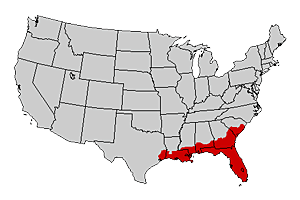
Finding this frog may depend on where you are looking. I know that seems like an obvious statement but let me expand on that. The Pig Frog is often hunted for their legs. I have never tried frog legs but they must be somewhat good if they are that popular. Anyway, in areas where these frogs are regularly hunted they will be nervous of humans and may be difficult to spot. Although, if you can find a spot where they feel safe then they are fairly docile and easily approached. Since we are talking about locations, I should also mention that the Pig Frog has been introduced to China, Bahamas and Puerto Rico. Of course, I don’t think introducing species into their non-native range is a good thing but at least the Pig Frog had a chance to see some other parts of the world.
I hope you enjoyed our trip to the Southern USA but it is time we pack up and get ready for our next adventure. Make sure you stop by tomorrow to get the details of our next trip.

